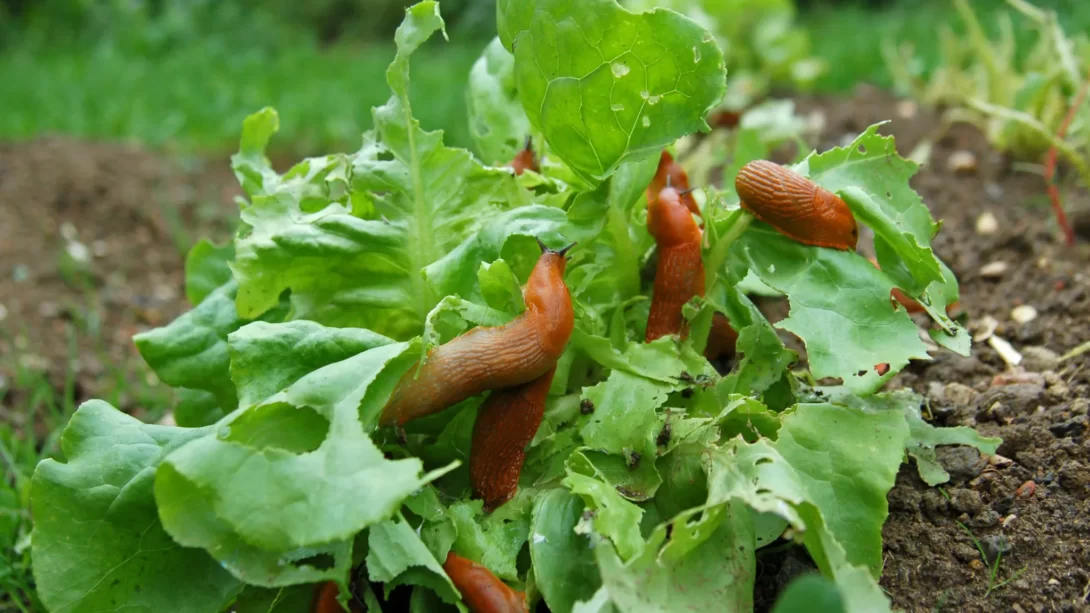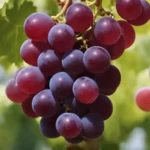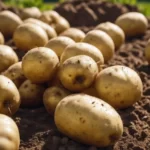Slugs, often seen gliding slowly in gardens and moist habitats, have intrigued observers with their unique anatomy and behaviors. A common question that arises is about their sensory organs, particularly the number of noses they possess. This article aims to clarify misconceptions and provide accurate information about the sensory capabilities of slugs, including the specifics of their so-called ‘noses’.
Slug Anatomy
Slugs belong to the class Gastropoda, making them close relatives to snails but without a prominent external shell. Their anatomy is fascinating, especially the head region, which houses vital sensory organs. Unlike many other creatures, slugs have a distinct way of interacting with their environment, primarily through specialized tentacles on their head. It’s essential to understand the structure and function of these organs to appreciate the unique ways in which slugs navigate their world.
Sensory Organs of Slugs
A slug’s head bears two pairs of tentacles that are crucial for sensing its surroundings:
- Upper Tentacles (Optical Tentacles): The longer pair of tentacles are primarily used for vision. At the tips of these tentacles are eye spots, which, while not capable of detailed vision, help detect light intensity and movement.
- Lower Tentacles (Labial Tentacles): The shorter pair, located below the optical tentacles, are primarily used for sensing chemicals in the environment, akin to the sense of smell and taste in other animals. These tentacles help slugs detect food and navigate their habitat.
The notion that slugs have multiple noses stems from the appearance and function of these tentacles, especially the lower pair, which are often mistaken as olfactory organs.
The ‘Noses’ of Slugs
While slugs do not have noses in the traditional sense, their lower tentacles function similarly in detecting chemical cues in the environment. This has led to the common misconception that these tentacles are multiple noses. In reality:
- Chemoreception: The lower tentacles of slugs are sensitive to chemicals, allowing slugs to ‘taste’ and ‘smell’ their surroundings. This chemoreceptive ability is crucial for finding food and navigating.
- Actual Sense of Smell: The sense of smell in slugs is not localized to a specific organ like a nose. Instead, it’s distributed along their lower tentacles, which pick up chemical signals from the environment.
- Number of Noses: Technically, slugs do not have any noses. Their sensory perception is based on the combined functionality of their tentacles.
Comparison with Other Mollusks
Understanding slug sensory anatomy can be further enriched by comparing it with other mollusks, especially snails:
- Snails: Like slugs, snails also have two pairs of tentacles. However, due to their coiled shell, the way snails use their tentacles can differ slightly.
- Sensory Capabilities: Both slugs and snails rely heavily on their tentacles for sensory input, using them to navigate their environments, find food, and interact with each other.
The comparison highlights the adaptability and evolution of sensory organs in mollusks to suit their specific lifestyles and environments.
Importance of Sensory Organs in Slug Behavior
The sensory organs of slugs play a critical role in their daily activities and overall survival:
- Finding Food: Slugs primarily use their chemoreceptive tentacles to locate food. They can detect a range of organic materials, including leaves, fruits, and decomposing matter, which constitute their diet.
- Avoiding Predators: Sensing predators is another vital function of their tentacles. By detecting chemical signals in the air or on the ground, slugs can sense the presence of potential threats and react accordingly.
- Reproduction: Slugs also use their sensory tentacles to find mates. Since they are hermaphrodites, meaning they possess both male and female reproductive organs, the chemical cues they detect help them in the mating process.
- Navigating the Environment: Slugs need to maintain moisture to survive. Their tentacles help them sense the humidity levels in the environment, guiding them to damp areas that are essential for their survival.
Impact of Environmental Factors
Environmental conditions can significantly affect the functionality of slug tentacles:
- Temperature and Humidity: Extreme temperatures and dry conditions can hinder the sensory ability of slugs, as their tentacles are more effective in moist environments.
- Habitat Changes: Alterations in their habitats, such as pollution or changes in vegetation, can impact their ability to find food and mates.
Conclusion
In summary, while slugs do not have noses in the traditional sense, their tentacles serve as crucial sensory organs, enabling them to interact with their environment effectively. Understanding the role and functionality of these tentacles helps demystify the common misconception about slugs having multiple noses. This insight into slug biology not only enhances our understanding of these unique creatures but also underscores the importance of sensory adaptation in the animal kingdom. By appreciating the intricate ways in which slugs perceive their world, we gain a deeper appreciation for the diversity and complexity of life in nature.



